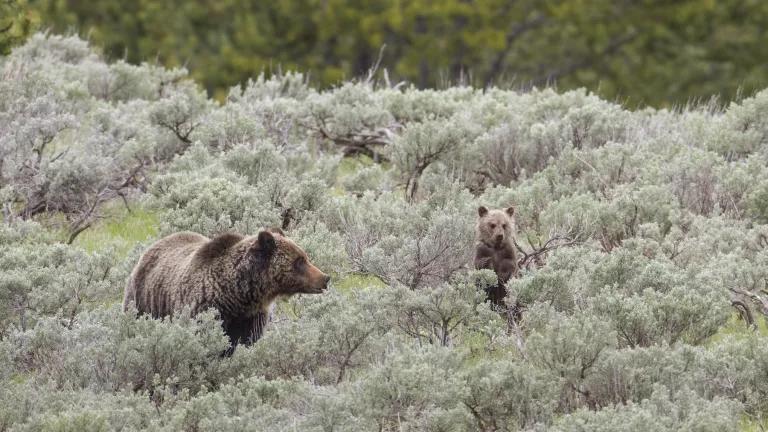One Million Species Extinctions? Not on New York’s Watch!

(c) Armin Rodler
We are currently experiencing an extinction crisis. Since 1970, the planet has lost 60 percent of its vertebrate wildlife populations. The world is losing species at approximately 1,000 times the natural extinction rate. And a preview of the soon-to-be-released Intergovernmental Science-Policy Platform on Biodiversity and Ecosystem Services (IPBES) report indicates that one million species risk extinction due to humans.
But yesterday, New York sent a strong signal that it will not stand idly by while this disaster unfolds by passing A06600/S5098, which enables New York to ban the sale and possession with intent to sell of parts of any species that are classified as Vulnerable on the International Union for the Conservation of Nature (IUCN) Red List or meet similar criteria. The bill, which was introduced by Rep. Englebright and Sen. Martinez, includes exceptions for museums and bona fide antiques. Further, the bill bans trade in giraffe parts in New York—something NRDC is also fighting for under the Convention on International Trade in Endangered Species (CITES) and the U.S. Endangered Species Act (more on that lawsuit here).
The bill aims to tackle the unsustainable trade in wildlife, which plays a significant role in the staggering loss of biodiversity we're currently facing. As the fourth largest illegal trade in the world, wildlife trafficking is driving species to the brink of extinction. A recent study found that 958 species listed as at risk by the IUCN were in danger of extinction because they are being traded internationally. From pangolins to vaquita to corals and lumber, the examples are everywhere.
We need legislation like A06600/S5098 because, unfortunately, current international models and multilateral agreements to tackle wildlife trade have failed to keep pace with the current crisis. Two of these—CITES and the Convention on Migratory Species—have lost sight of their overall purposes and conservation goals, instead becoming mired in battles over individual species. These treaties are not offering protections to enough species that need it, with one recent study showing that over 28% of species listed on the IUCN Red List as Vulnerable, Endangered or Critically Endangered are not protected under CITES. Further, their timeline ignores both the scale and pace of wildlife trafficking, climate change, and other threats, with the same study finding that CITES lists species an average of 10.3 years after the IUCN assesses them as being threatened by international trade.
We need a fresh and bold new approach that fully embraces the precautionary principle by protecting species before they reach the brink of extinction and that’s what this bill does. By allowing the state to ban trade in a very broad category of species—not individually-listed species—New York will be able to respond to the ever-changing nature of wildlife trade, which rapidly shifts as tastes change and/or heavily-consumed species decline. The bill’s inclusiveness also reflects the current reality by implementing an opt-out—rather than an opt-in—approach when it comes to wildlife. In other words, we should protect most—if not all—of the earth’s wildlife, absent extenuating circumstances, as opposed to the current norm of only protecting the most imperiled ones.
This bill is revolutionary and precedent-setting and New York deserves major props for passing it. Countless states followed New York in passing ivory bans, with new bans becoming law almost every legislative session since, and I sincerely hope this bill will create a similar situation. The global community is at a turning point when it comes to biodiversity. We must change our strategies for wildlife protection if we hope to reverse the alarming loss we are experiencing. A06600/S5098 captures this new, comprehensive approach of protecting species in a fluid, adaptable way, and, signing this bill into law will make New York a trailblazer in this emerging fight.




